Dating back 2,000 years from the shepherds of the Caucasus mountains, kefir, a fermented grain drink now found in grocery stores everywhere, was cherished for its perceived mystical health benefits.
Whether store-bought or homemade, drinking kefir regularly helps knock bad bacteria out of the gut, putting your body back in balance. Drinking it on occasion can help beat digestive issues like gas, sour stomach, and bloating. It has a strong reputation for boosting immunity, inflammation, heart health and providing amino acids, calcium, vitamin B, and folic acid.
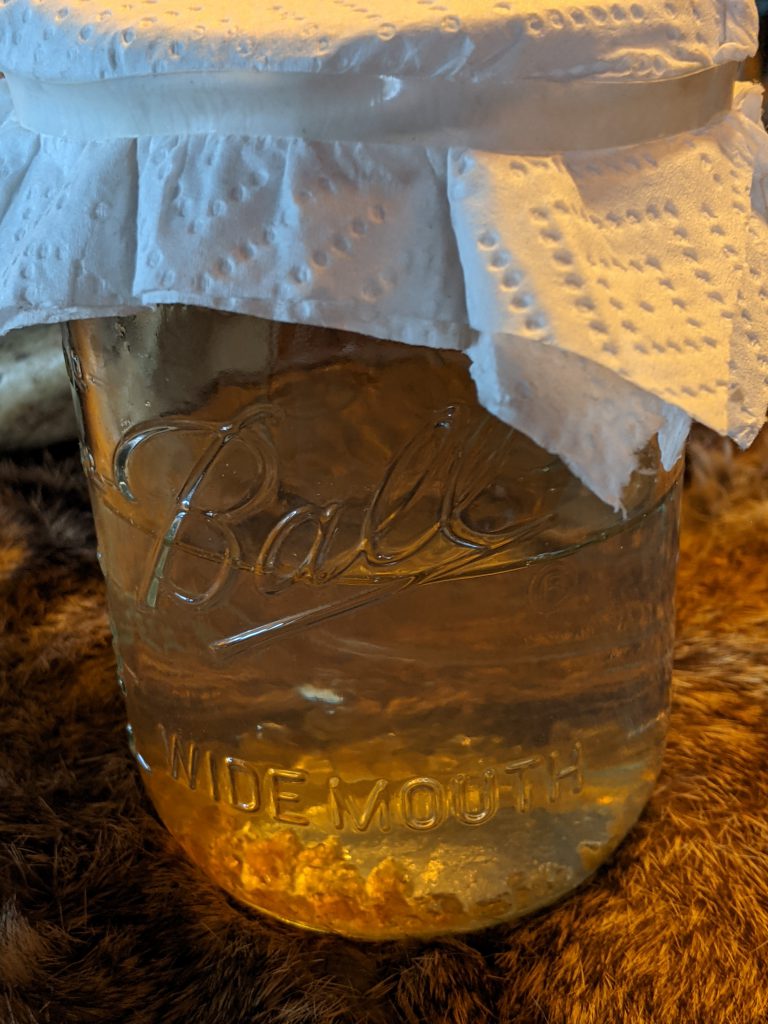
Water Grains vs Milk Grains
There are two kinds of kefir: one that’s water-based and one that’s milk-based. Different kefir “grains” are used to produce both, but they’re not actually grains. They’re tiny, rubbery cell structures that hold lactic-acid bacteria and yeast colonies that ferment and multiply to create the drink (sort of like the scoby used to make kombucha.
Although the two grains are similar, they contain different strains of lactic acid bacteria and require different liquids in which to ferment.
Water kefir grains are small, golden gems that need sugar water to ferment. Milk kefir grains are small, white curds that need milk to ferment. Both make a great probiotic drink.
With store-bought water kefir, expect a fizzy, tangy probiotic beverage available in various flavors like lemon mint coconut or turmeric ginger. Ready-to-drink milk kefir is similar to drinkable Greek yogurt and is available in a variety of fruity flavors like blueberry, peach, and strawberry. The downside of store-bought kefir is that it’s usually loaded with preservatives, and it tends to be expensive. The homemade version is easy and cost-effective to make.
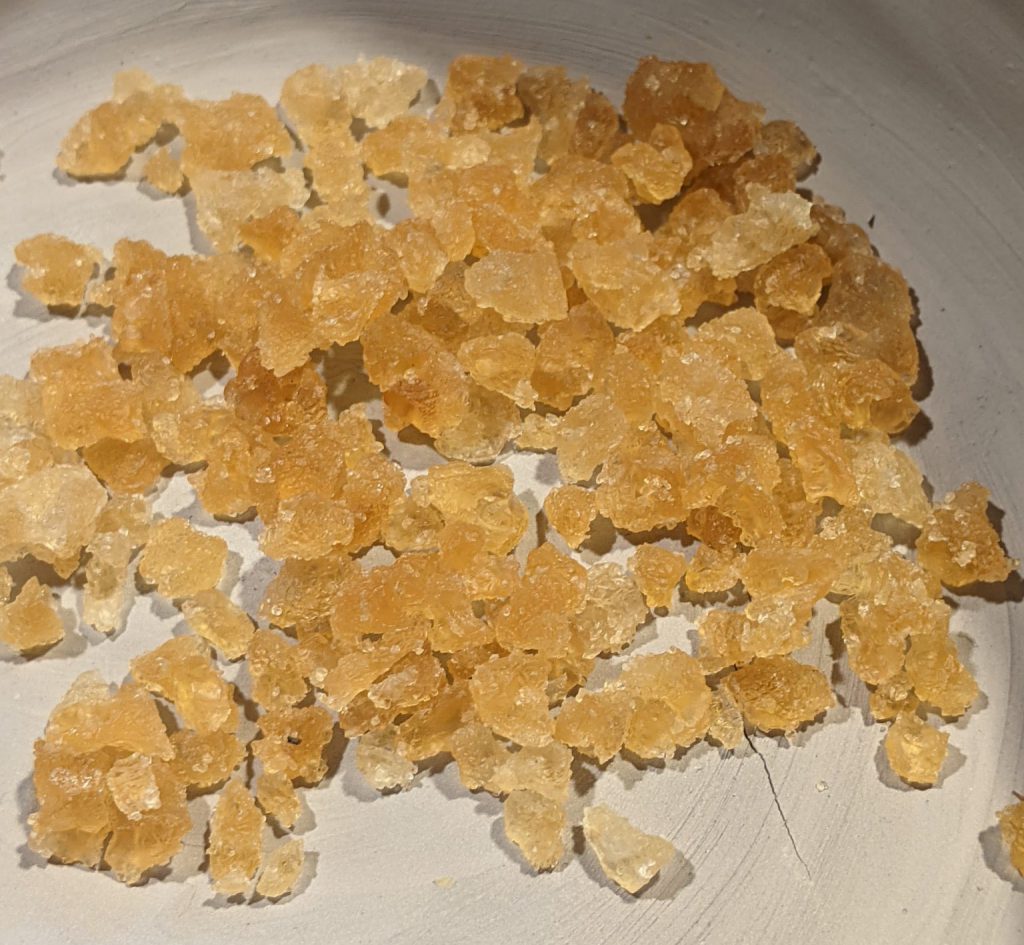
How to Make Homemade Kefir
First, you must purchase milk or water kefir starter grains online. You only need to buy them once. After the first purchase, they will replenish themselves.
To make water kefir, fill a quart-size jar halfway with water and 1/4 cup of organic sugar cane. Stir with a wooden or plastic spoon until dissolved and then add 1/4 cup of your water grains.
Cover the jar with a paper towel secured by a rubber band and place it in a dark area for two to three days.
The kefir is ready when the sweetness has vanished. If it’s still sweet, it needs to ferment longer, and the longer it sits, the tangier it gets.
Once tangy, use a nonmetal strainer to separate the grains from the liquid but don’t discard them — you can use the grains to make another batch. The finished drink can be flavored with fresh fruit like blueberries, mint, lime, or basil.
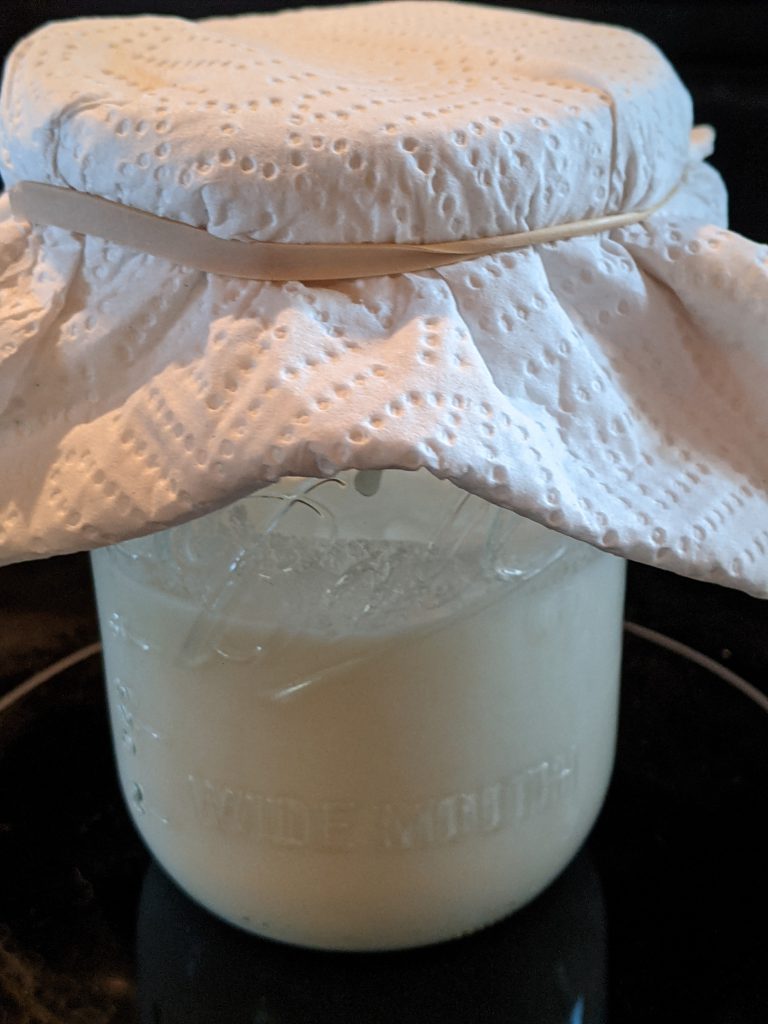
To make milk-based kefir, fill a quart-size jar with 2 cups organic whole milk and add 1 tablespoon of the milk grains. Cover the jar with a paper towel secured by a rubber band, just like the water kefir.
Place the jar in a dark area, like a cupboard, for 24 to 48 hours. The milk won’t go bad because it will be fermenting. It will be ready when the milk is slightly thick with a sourish, fermented smell similar to yogurt. The grains will also become enlarged or even double in size.
Separate the grains from the liquid by using a nonmetal strainer. If the grains look yellowish, shorten the duration of fermentation next time, but you can continue using them.
The liquid part is the whey — place it in the fridge to drink or use in recipes.
Read Next: How To Make Kombucha at Home

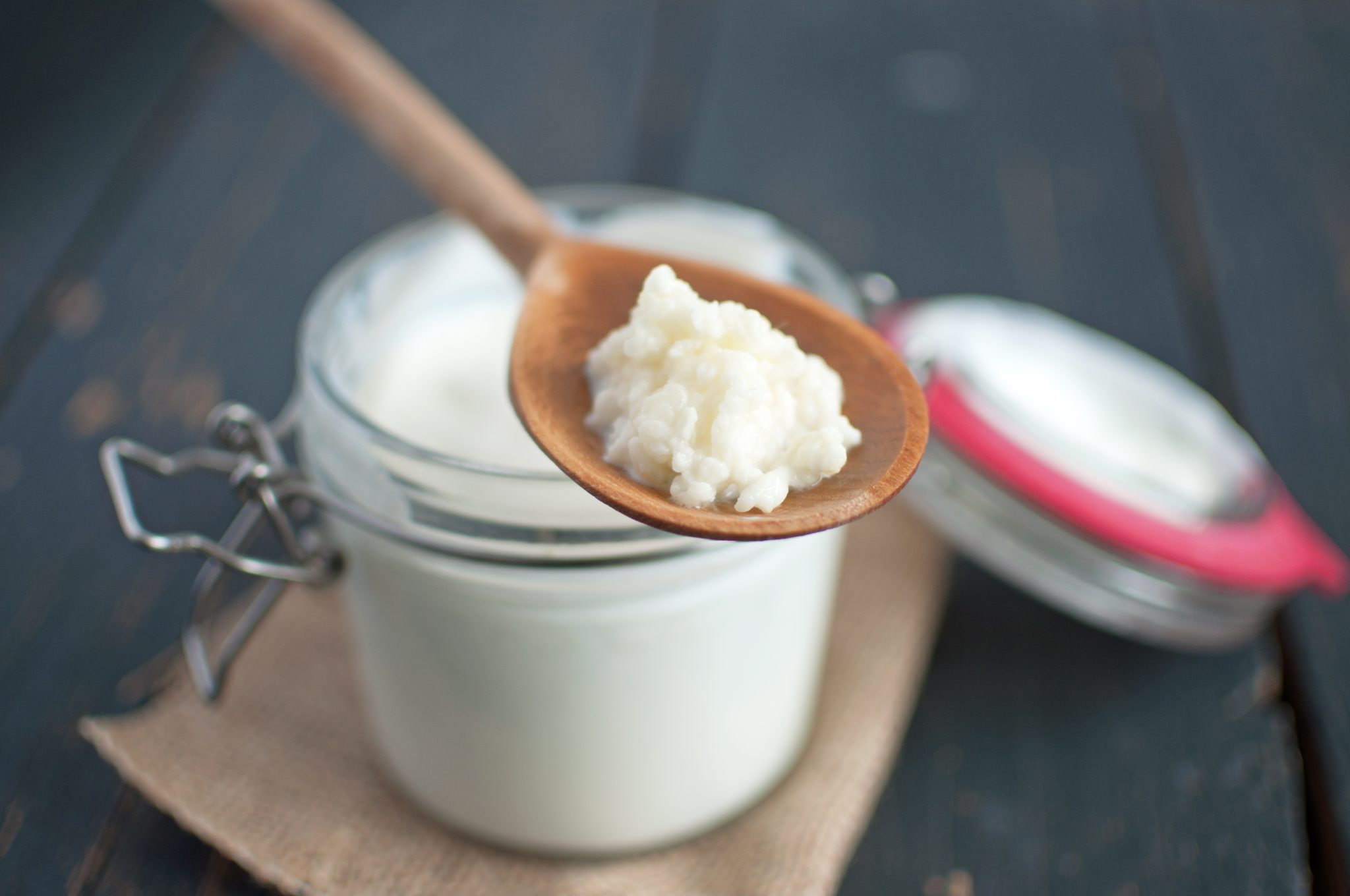

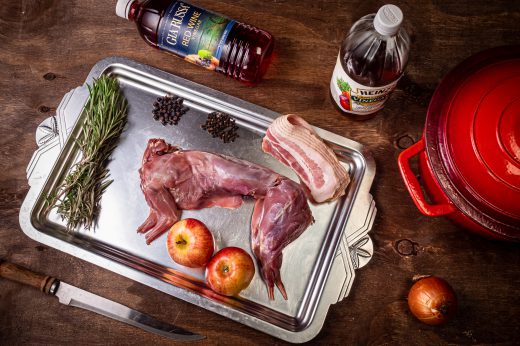
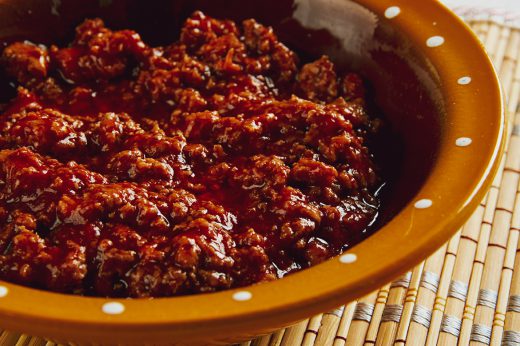
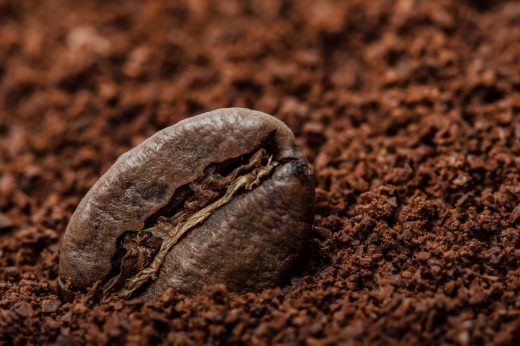


Rae-Ann Dingman says
I make the water Kefir for my elderly Mom
She had a bladder infection and had to take a bunch of antibiotics which kill all bacteria, good or bad. This really helps prevent C-def. This is great stuff and having articles on line about it helps to get these elderly to drink it.Thank you.